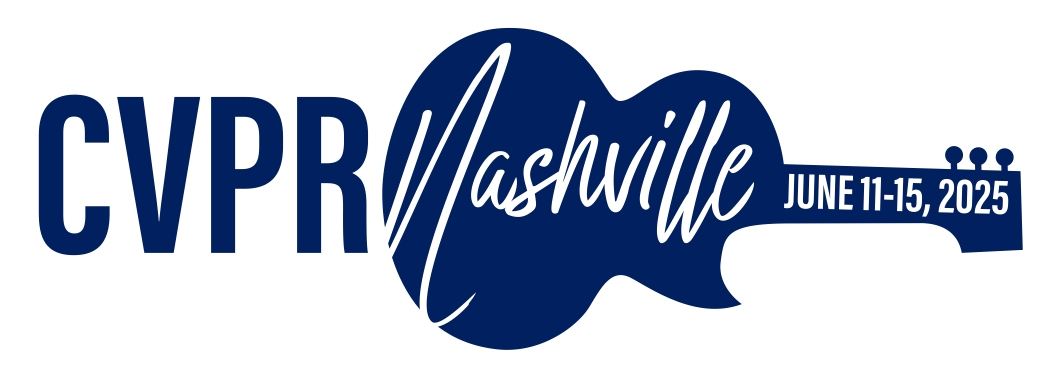-
[pdf]
[supp]
[arXiv]
[bibtex]@InProceedings{Yang_2025_CVPR, author = {Yang, Ziyuan and Chen, Yingyu and Wang, Zhiwen and Shan, Hongming and Chen, Yang and Zhang, Yi}, title = {Patient-Level Anatomy Meets Scanning-Level Physics: Personalized Federated Low-Dose CT Denoising Empowered by Large Language Model}, booktitle = {Proceedings of the IEEE/CVF Conference on Computer Vision and Pattern Recognition (CVPR)}, month = {June}, year = {2025}, pages = {5154-5163} }
Patient-Level Anatomy Meets Scanning-Level Physics: Personalized Federated Low-Dose CT Denoising Empowered by Large Language Model
Abstract
Reducing radiation doses benefits patients, but the resultant low-dose computed tomography (LDCT) images often suffer from clinically unacceptable noise and artifacts. While deep learning (DL) has shown promise in LDCT reconstruction, it requires large-scale data collection from multiple clients, raising privacy concerns. Federated learning (FL) has been introduced to mitigate these privacy concerns; however, current methods are typically tailored to specific scanning protocols, which limits their generalizability and makes them less effective for unseen protocols. To address these issues, we propose SCAN-PhysFed, a novel SCanning- and ANatomy-level personalized Physics-Driven Federated learning paradigm for LDCT reconstruction. Since the noise distribution in LDCT data is closely tied to scanning protocols and anatomical structures, we propose a dual-level physics-informed way to address these challenges. Specifically, we incorporate physical and anatomical prompts into our physics-informed hypernetworks to capture scanning- and anatomy-specific information, enabling dual-level physics-driven personalization of imaging features. These prompts are derived from the scanning protocol and the radiology report generated by a medical large language model (MLLM). Subsequently, client-specific decoders project these dual-level personalized imaging features back into the image domain. Besides, to tackle the challenge of unseen data, we introduce a novel protocol vector-quantization strategy (PVQS), which ensures consistent performance across new clients by quantifying unseen scanning codes to the closest match in the scanning codebook. Extensive experimental results demonstrate the superior performance of SCAN-PhysFed on public datasets.
Related Material





